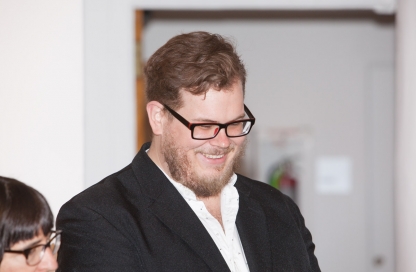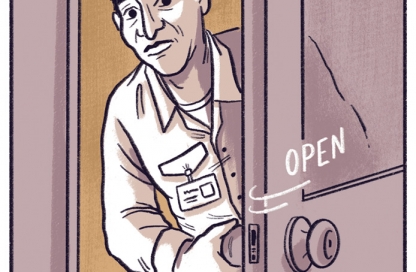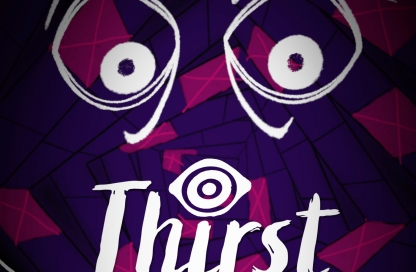News
Jim Rugg talks about Little Nemo: Dream Another Dream
Jim Rugg, beloved MFAVN faculty member, just won an Eisner for his design work on Little Nemo. We asked him a few questions about the work he did on the project, winning the award and what’s next. Thanks for chatting Jim!
How did the opportunity to design Little Nemo: Dream Another Dream come about?
The editors of the book, Chris Stevens, Andrew Carl, and Josh O’Neill (Locust Moon), asked me if I’d be interested in designing it. We’ve known each other for a decade. They like my work. A lot of my art is about comics and is influenced by comics. So I think all of those things made me a good fit for this project.
From my point of view, it was an awesome opportunity. When I looked at the project, I thought, when will I ever have the chance to work on a book of this scale? They had assembled a substantial amount of the content by the time I came on board and it looked amazing. I thought it was a chance to make a great book.
Do you remember when you first saw the original Little Nemo comics? What did you think?
I don’t remember the first time I saw a Little Nemo comic. Those strips have been reprinted forever. I know I saw them in the Smithsonian Newspaper Collection – one of my favorite books of all time. But anytime I saw it reprinted, it was reduced in size and often in black and white. When the Sunday Press reprint came out a few years ago, it was full-size and full-color and glorious! That felt like the first time I actually saw Little Nemo comics and they were a revelation – beautiful, inventive, mesmerizing. I was in awe.
Who are your design influences?
David Carson and Chip Kidd were early influences. There was a magazine called Emigre that chronicled the digital revolution in graphic design. It changed the way I perceived design and the role of design in our culture. Paul Rand and Saul Bass. I’ve enjoyed Elana Schlencker’s work, especially her journal Gratuitous Type. In comics, Tom Devlin and Jordan Crane’s work on Highwater Books, Non, and D&Q were significant to me. Jacob Covey’s designs at Fantagraphics. Picturebox stands out. I’m a movie fan, and particularly low-brow, exploitation movies, posters, and the VHS aesthetic of the 80s and early 90s.
What did you learn from the Little Nemo project?
Collaboration can be challenging, but it can also lead to exceptional results. I think Little Nemo’s success is the result of a number of people working together successfully. Stevens, Carl, and O’Neill (Locust Moon) developed a strong concept. The artists in the book delivered outstanding work. Everyone worked hard to make sure that the work found its audience. And I think everyone felt good about the book – both readers and artists.
What does it mean to you to win an Eisner?
It’s wonderful. It means that I’m doing okay. I struggle with confidence with it comes to making art, and this is a nice endorsement to keep doing it and keep trying to do better and take chances. Maybe the next couple of projects I do will be a little more daring than usual! Ultimately, it is a tangible reminder of all the people in my life who have encouraged me, offered feedback, and been examples over the years.
Thanks again for sharing your thoughts on Little Nemo, Jim! Next up we’ll discuss what’s happening with Street Angel…


